Photos Of Plants From Near And Far
runktrun
17 years ago
Related Stories

HEALTHY HOME6 Tips From a Nearly Zero-Waste Home
Lower your trash output and increase your quality of life with these ideas from a mom who did it to the max
Full Story
GARDENING AND LANDSCAPING19 Spectacular Pools Near and Far
These incredible infinity pools, heavenly oceanside pools and luxurious lap pools around the world have unmatched allure. Take a dip
Full Story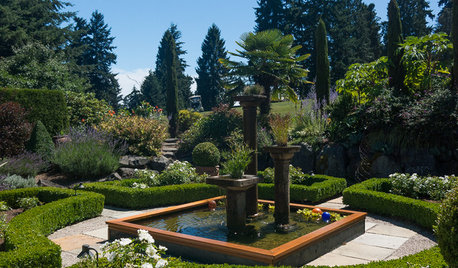
LANDSCAPE DESIGNGet a Mediterranean-Style Garden Even Far From the Sea
Some lavender here, a water feature there, and your garden just might feel transported to a balmy seaside locale
Full Story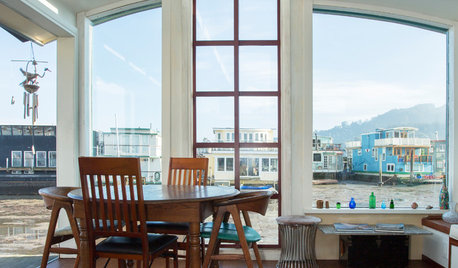
FLOATING HOMESMy Houzz: Gorgeous Views From a Renovated Houseboat Near San Francisco
A couple transforms a floating ‘shack’ in Sausalito, California, into a lovely, light-filled waterfront home
Full Story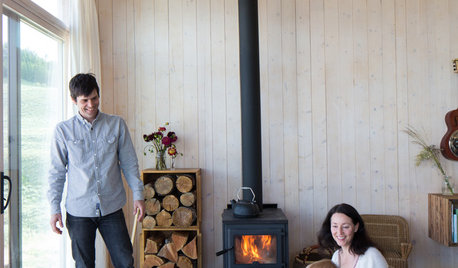
HOUZZ TOURSHouzz Tour: Family Builds Off the Grid Near the Cascade Mountains
Homeowners carefully construct a weekend home on 20 acres in remote northeast Washington
Full Story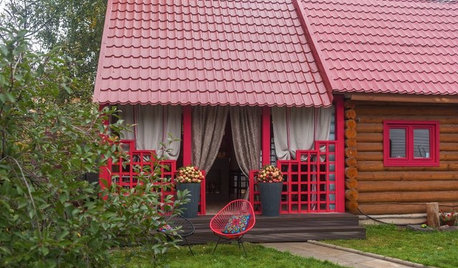
PORCHESA Bold, Handcrafted Look for a Summer Pavilion Near Moscow
Traditional needlework patterns and colors inspire bright decor in a family’s covered dining porch
Full Story
HOUZZ TOURSHouzz Tour: From Overgrown Weeds to Picturesque Farmhouse Expanse
This once-neglected 100-acre South Carolina site now features a lake, a wood-filled farmhouse and a far-reaching view
Full Story
PETSGarden Alert: 22 Plants to Keep Away From Pets
Avoid potential danger by keeping dogs and cats away from these landscaping and houseplant favorites
Full Story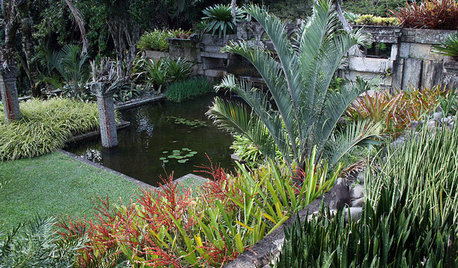
LANDSCAPE DESIGNArtistic Planting Ideas From a Brazilian Superstar
His abstract designs and native plantings changed the face of landscape architecture. Could Roberto Burle Marx’s style enhance your garden?
Full Story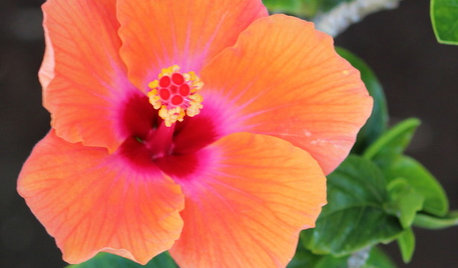
GARDENING GUIDES8 Take-Home Planting Ideas From Hawaii's Big Island
Bring the tropical spirit of Hawaii to a mainland garden — for a summer or even longer
Full Story





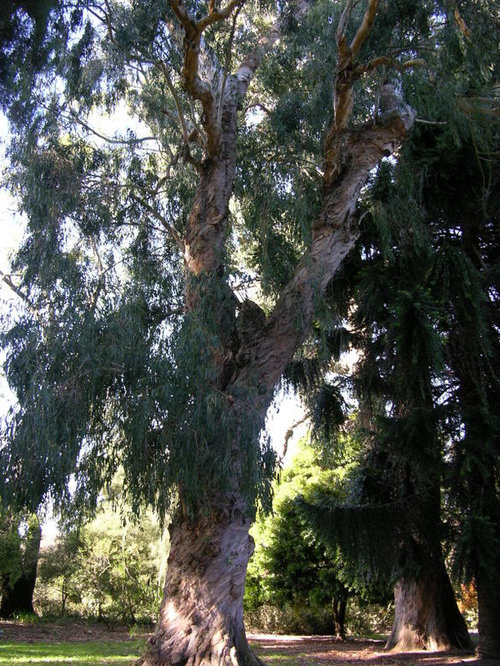
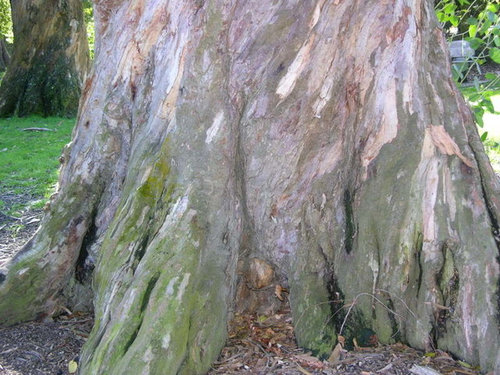

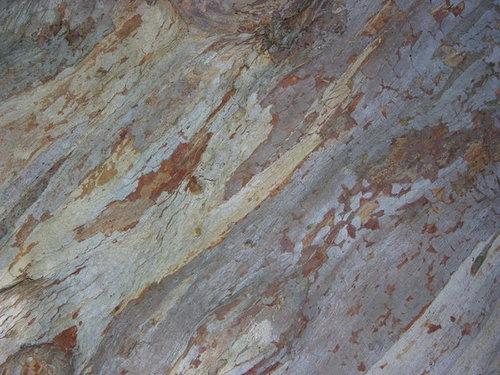


Sue W (CT zone 6a)
ego45
Related Professionals
South Elgin Landscape Architects & Landscape Designers · Harvey Landscape Architects & Landscape Designers · Wake Forest Landscape Contractors · Fort Hunt Landscape Contractors · Harrisburg Landscape Contractors · Lees Summit Landscape Contractors · Milford Landscape Contractors · Mount Kisco Landscape Contractors · Pacifica Landscape Contractors · Round Lake Landscape Contractors · Salmon Creek Landscape Contractors · Quartz Hill Landscape Contractors · Fairfax Decks, Patios & Outdoor Enclosures · Grain Valley Decks, Patios & Outdoor Enclosures · Lincoln Decks, Patios & Outdoor EnclosuresrunktrunOriginal Author
ego45
cloud_9
arbo_retum
runktrunOriginal Author
arbo_retum
runktrunOriginal Author
arbo_retum
runktrunOriginal Author
runktrunOriginal Author
arbo_retum
runktrunOriginal Author
runktrunOriginal Author
arbo_retum
runktrunOriginal Author
runktrunOriginal Author
runktrunOriginal Author
runktrunOriginal Author
runktrunOriginal Author
diggingthedirt
arbo_retum
runktrunOriginal Author
runktrunOriginal Author
arbo_retum
runktrunOriginal Author
gardenbug
gardenbug
runktrunOriginal Author
runktrunOriginal Author
ego45
runktrunOriginal Author
runktrunOriginal Author
runktrunOriginal Author
runktrunOriginal Author
narcnh
runktrunOriginal Author
runktrunOriginal Author
runktrunOriginal Author
runktrunOriginal Author
gardenscout
ego45
claireplymouth z6b coastal MA
diggingthedirt
ego45
runktrunOriginal Author
runktrunOriginal Author
ego45
runktrunOriginal Author